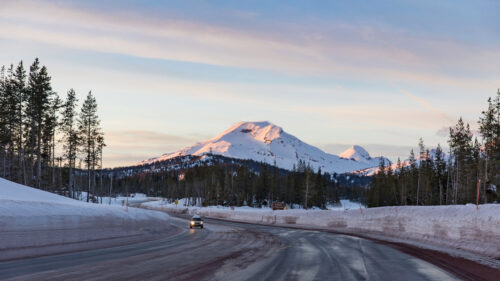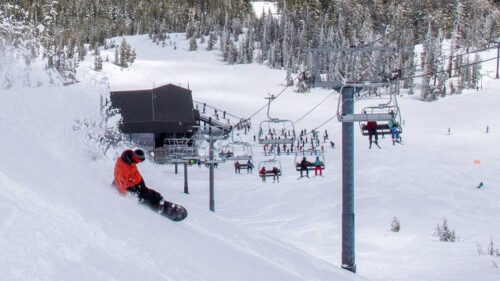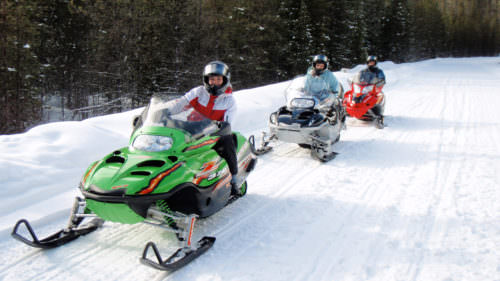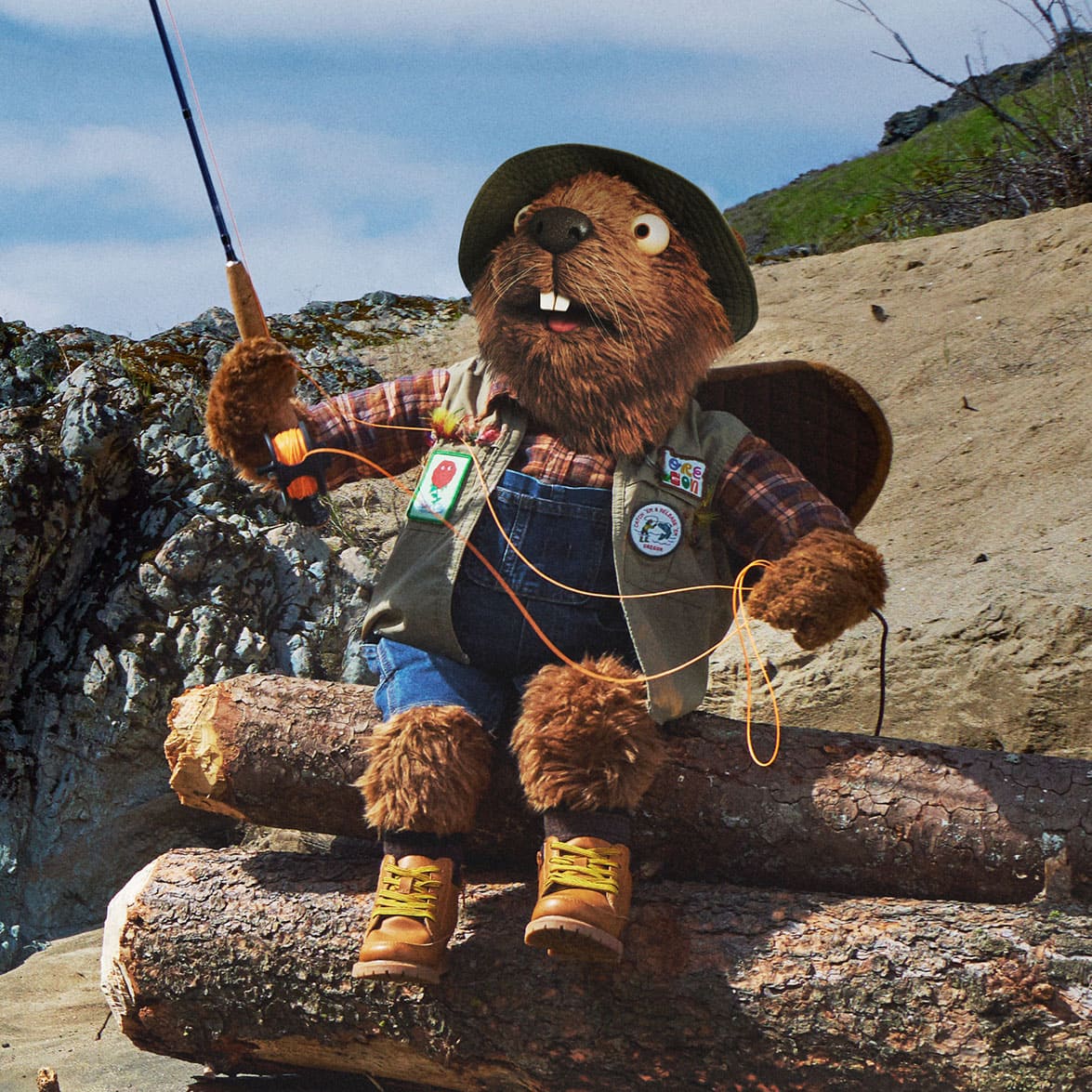Editor’s note: Stay posted on what Oregon’s phased reopening means for you, and follow these steps for social distancing outdoors. Also, remember to bring your face covering, required for all of Oregon’s public indoor spaces and outdoors when keeping 6 feet of distance isn’t possible. Here’s what to know about Oregon’s outdoors right now.
Top Things to Know:
- Check TripCheck.com for driving conditions before heading out
- Pre-purchase your Oregon Sno-Park permit
- Plan ahead for crowds, arrive early or visit on weekdays or other off-peak times
- Be prepared for winter driving including winter tires or chains and emergency supplies
- Practice Take Care Out There and Leave No Trace principles
- Access to warming huts/shelters may be limited
- Consider joining clubs or donating for trail grooming and shelters
- Educate yourself on safe backcountry travel and traveling in avalanche terrain
Winter is in the air and with that comes excitement for getting outside and playing in the snow. Whether you’re heading out to downhill ski, Nordic ski, snowmobile, snowshoe or hit the sledding hills, chances are you’ll find yourself at one of Oregon’s many Sno-Parks. These designated winter recreation parking areas require that you display a valid Sno-Park permit in the windshield of your vehicle between November 1 and April 30. You’ll find out more about best times to go, what to bring with you and organized recreation opportunities and lessons below.
As we continue to navigate daily life with a focus on mitigating the spread of COVID-19, outdoor recreation will be more popular than ever this winter. It’s important to continue to follow guidelines put in place by the Oregon Health Authority, including physical distancing, face coverings, regular sanitizing and individual responsibility and accountability to limit the spread of COVID-19. This includes at busy Sno-Parks, trailheads, restroom facilities and warming shelters.
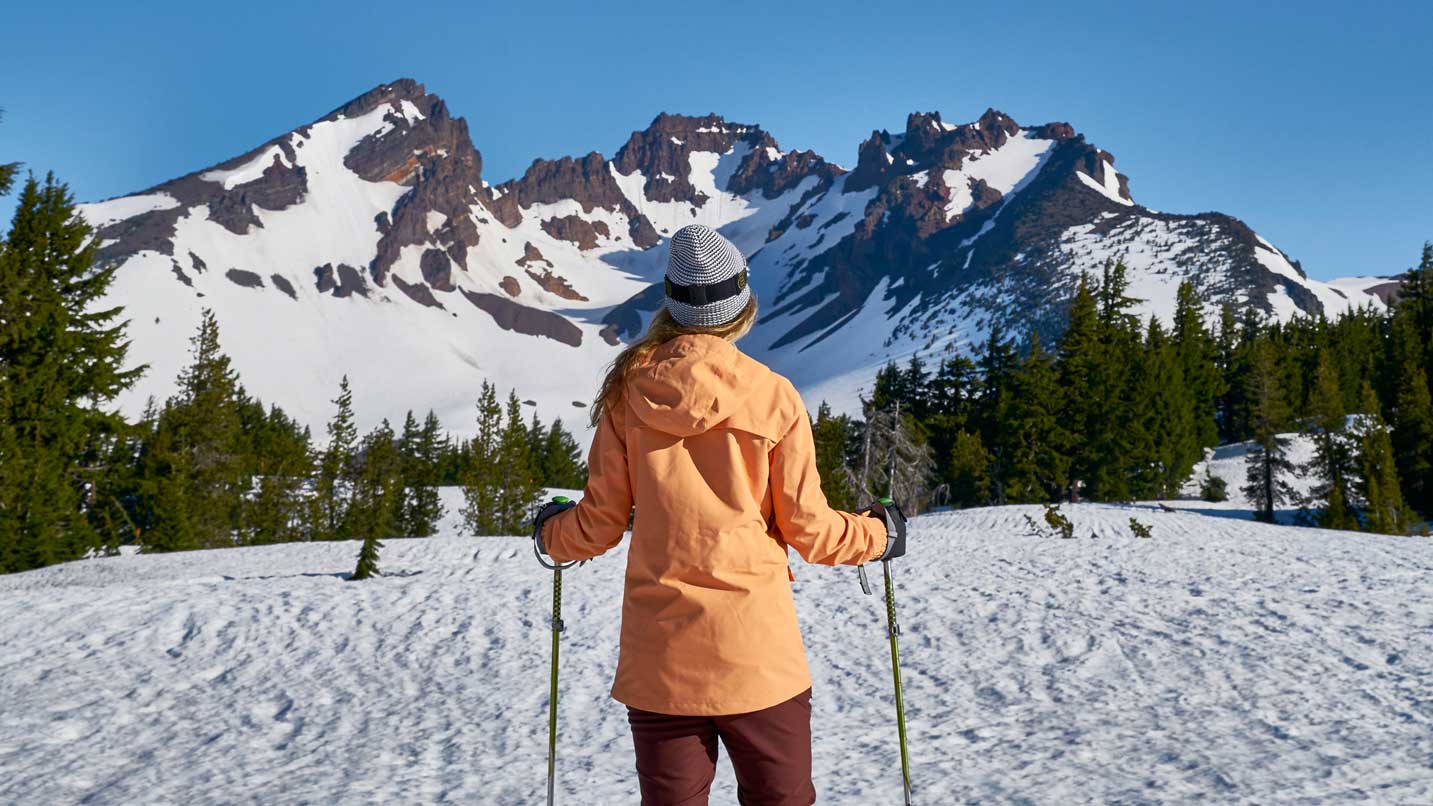
Pre-Purchase a Sno-Park Permit
Sno-Park permits are available online at the Oregon DMV or at authorized Sno-Park permit agencies, which include winter resorts, sporting goods stores and other retail outlets. An annual permit is $25, while three-day permits (valid for three consecutive days) are $9 and a one-day permit is $4. Sno-Park permits issued in California and Idaho are also honored in Oregon. Permits are transferable between vehicles and should be displayed on your car dashboard.
Plan Ahead Before Departing
Weather conditions at Sno-Parks on Oregon’s mountain passes can be dramatically different than in the valley. Check Oregon’s travel information website, TripCheck, before heading out. TripCheck is constantly updated with information on snow-chain control, road closures and emergency alerts, plus cameras showing current conditions on mountain passes and highways around the state.
When traveling in winter conditions you must carry chains or traction tires in or on your vehicle. You should also be familiar with winter driving. Check the Oregon Department of Transportation winter driving information page for tips on driving in icy conditions and snow. Also plan on packing an emergency kit, a shovel, flares, extra food, water, gloves and warm clothing and boots.
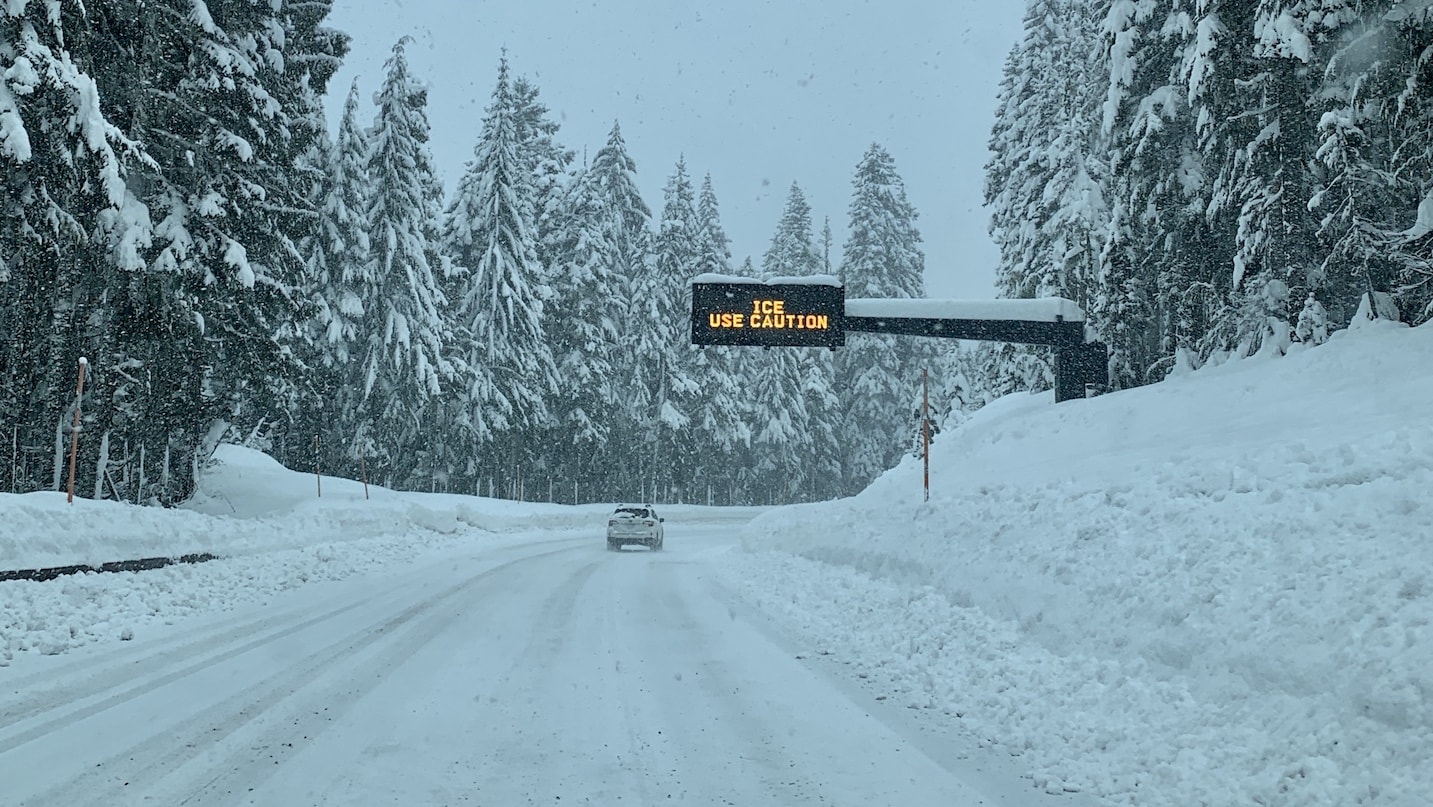
Check Conditions in Advance
If you’re planning on heading into the mountains, first check the weather report and avalanche bulletins for current conditions. The Northwest Avalanche Center issues regular reports with information on mountain weather and snow conditions for the Mt. Hood area. The Central Oregon Avalanche Association (COAA) provides information on snow conditions and mountain weather for Central Oregon. Northeastern Oregon is served by the Wallowa Avalanche Center. All of these avalanche centers also offer popular educational courses focused on recreating safely in avalanche terrain for both skiers and snowmobilers. The 2020/21 winter classes have been modified to follow COVID-19 protocols, with many classes available online and in reduced group size outdoors.
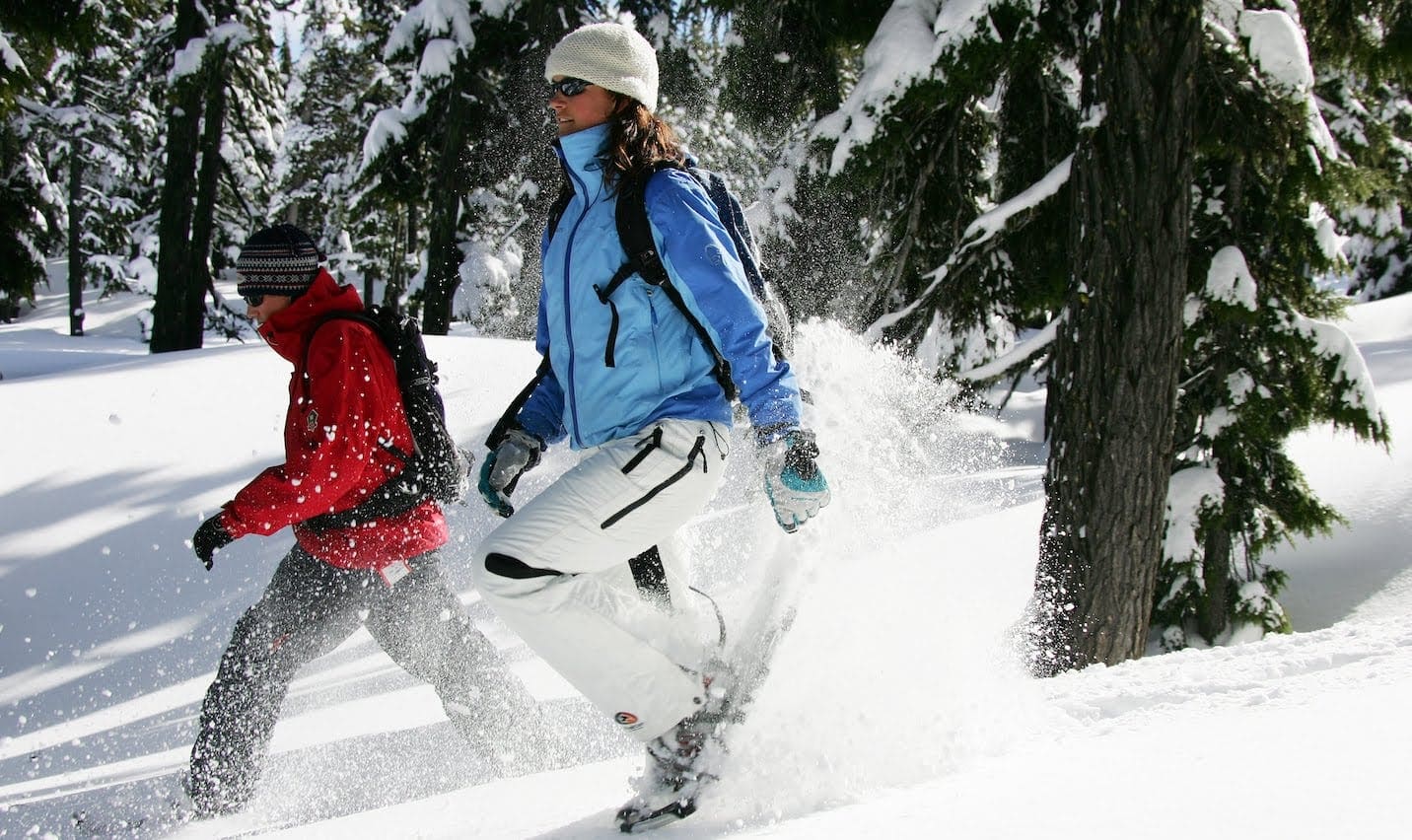
Consider Guided Experiences
Those new to winter recreation don’t need to set off on their own, there are plenty of opportunities to safely learn new sports. Many Oregon Ski Areas as well as Nordic Centers, including Meadows Nordic, Mazamas, and Wy’East Nordic, offer cross-country skiing lessons. Many ski areas, including Mt. Bachelor, Mt. Hood Skibowl and Timberline Lodge & Ski Area, offer guided snowshoe tours. Oregon tour operators like Wanderlust Tours in Bend also offer guided snowshoe hikes and winter wilderness experiences that include overnight snow cave camping for the adventurous. Oregon Ski Guides offers guided backcountry skiing and snowboarding in search of Central Oregon powder throughout the winter, as well ski mountaineering on Mt. Hood in the spring. Tour operators have modified their operations for COVID-19, including limiting group size, reducing capacity in vans and creating a touchless check-in procedure.
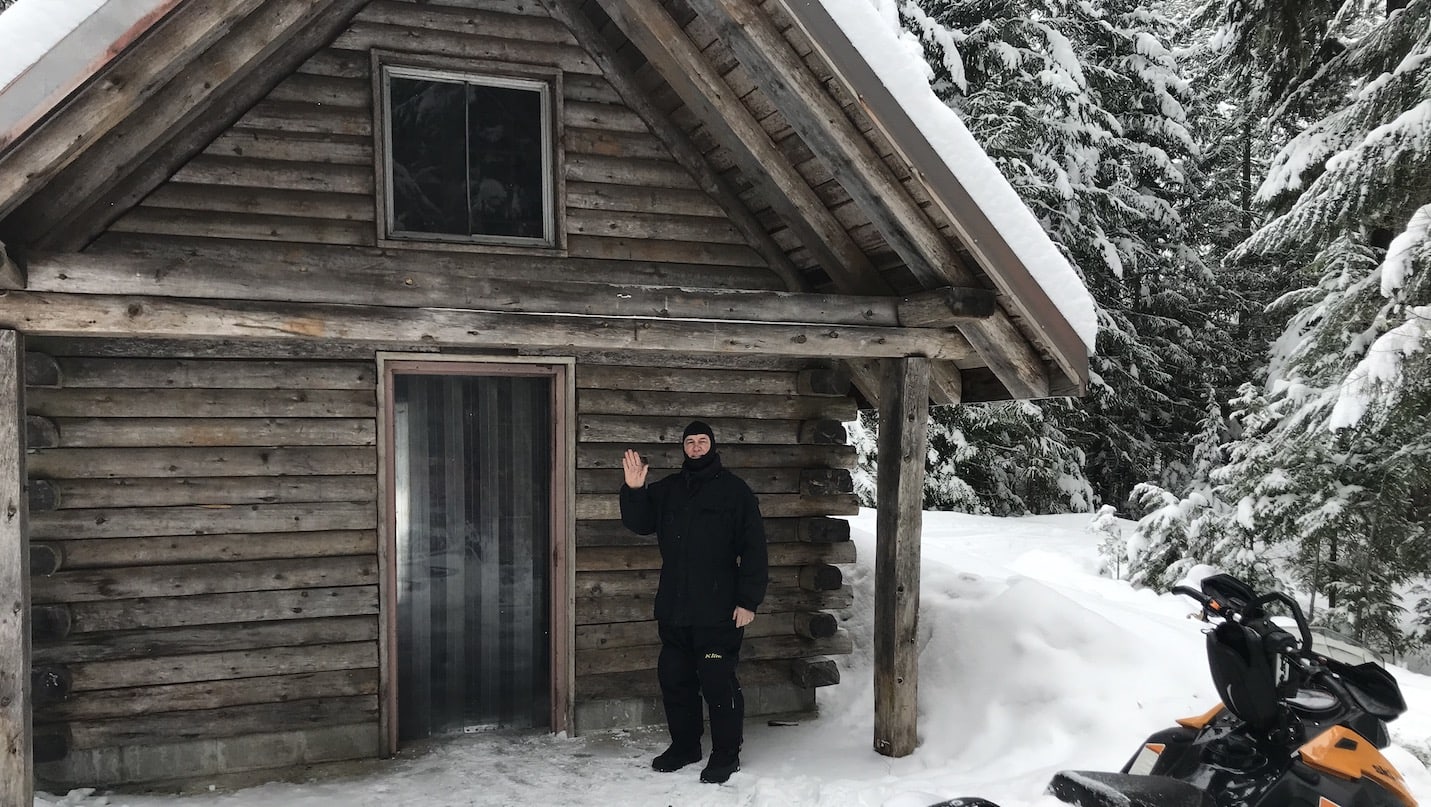
Limit Risky Behavior
Oregon’s Sno-Parks provide access to a vast wilderness that is beyond the realm of traditional emergency services, relying instead on the volunteer Search and Rescue network. During this already difficult time, it’s suggested that all outdoor users know their limits and do not take part in high-risk activities that could potentially put you at need for rescue. Please stay on well-established trails, do not go alone, tell a responsible person the details of your plan, and take extra supplies in case of an emergency (The Ten Essentials).
Be aware that some backcountry warming huts might not be available this winter due to the inability to manage the number of people gathering indoors. Alternatively, open warming huts will require visitors to self-monitor their use; please be courteous of other groups waiting by wearing a face covering, practice social distancing and refraining from “taking over” the shelter.
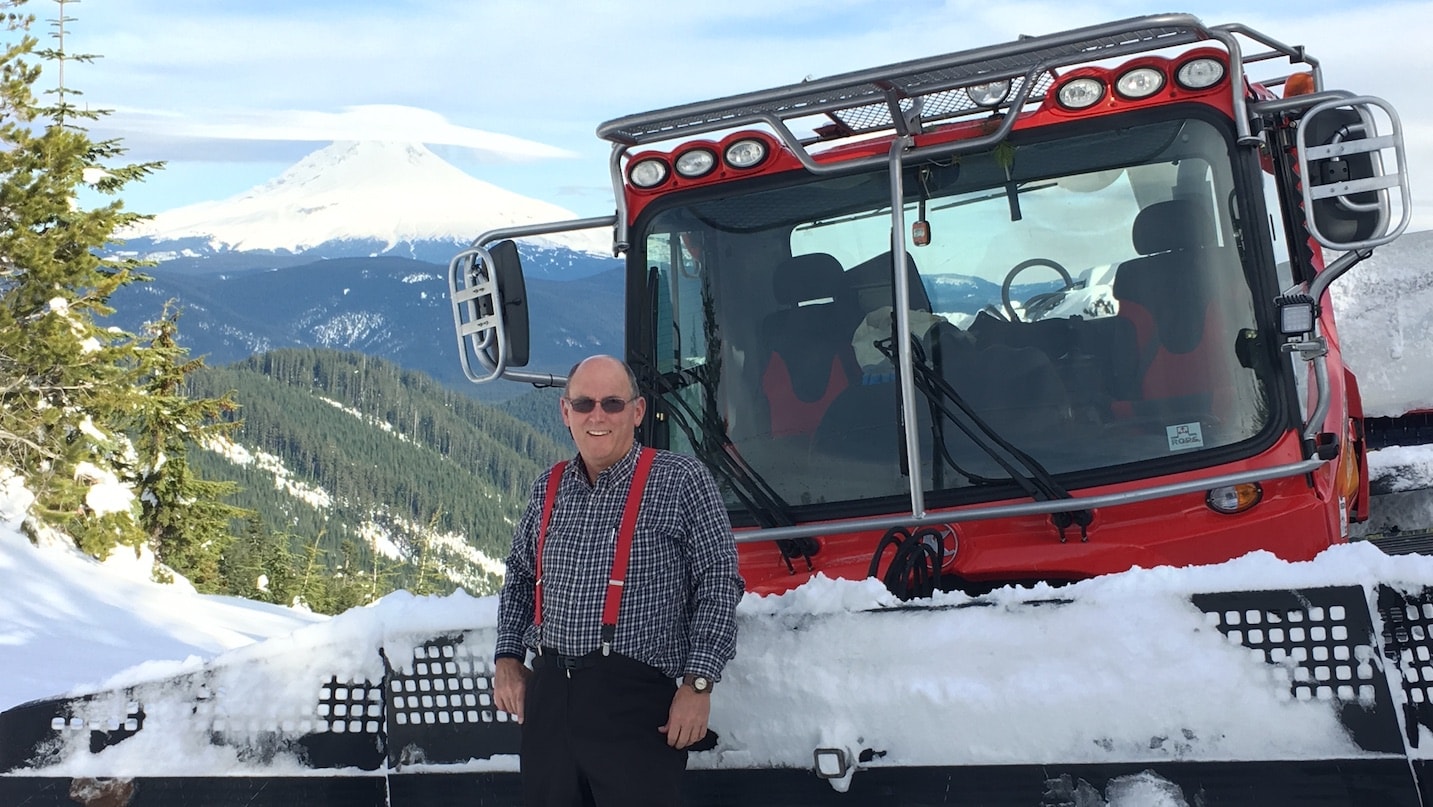
Show Your Support
The majority of the groomed trails accessed via Oregon Sno-Parks are maintained by the Oregon State Snowmobile Association and Oregon Nordic Club. In addition to grooming, these volunteer clubs help keep the backcountry ski, snowshoe and snowmobile trails clear and well-marked. They’re also often responsible for building and maintaining the welcome warming huts stocked with wood. If you plan on using the groomed multi-use snowmobile trails, consider joining the Oregon State Snowmobile Association which boasts 25 clubs across the state. Examples of some of the most popular multi-use trails groomed by OSSA volunteers just in the Mt. Hood area include the Frog Lake and Timothy Lake systems, Billy Bob Sno-Park near Hood River, and Little John Sno-Park among many others across the state.
The Oregon Nordic Club includes chapters across the state responsible for grooming Nordic trails. These chapters also strongly encourage membership and donations.
Follow the Backcountry Responsibility Code
Keep Oregon’s wilderness wild, kind and safe by following the backcountry responsibility code. This code includes the tenets of Leave No Trace including packing out your trash, waste and, if you’re bringing along your dog, their waste. Also, be aware of the need to respect the groomed trails and skin track — don’t hike or snowshoe on these surfaces. Check in advance on whether your Sno-Park destination allows dogs — it can vary from location to location. For more responsible recreation tips, visit Take Care Out There and Ski Kind.
